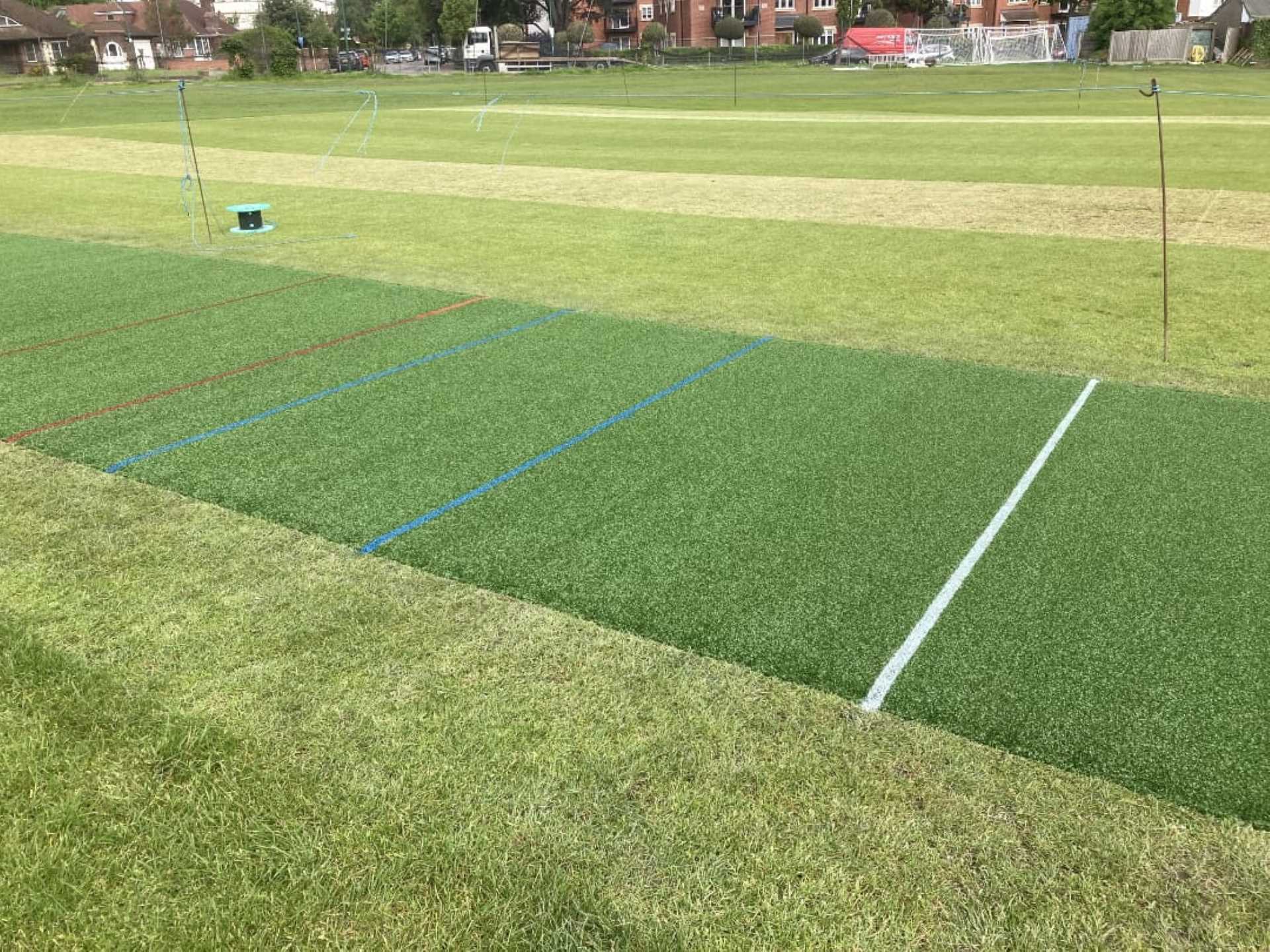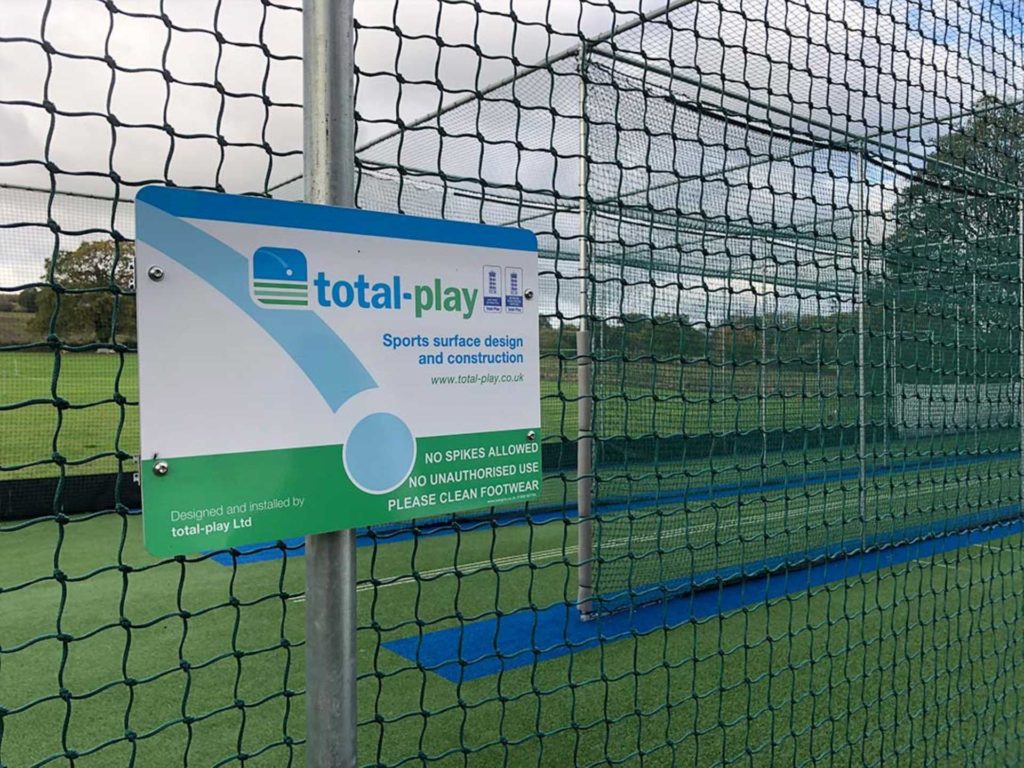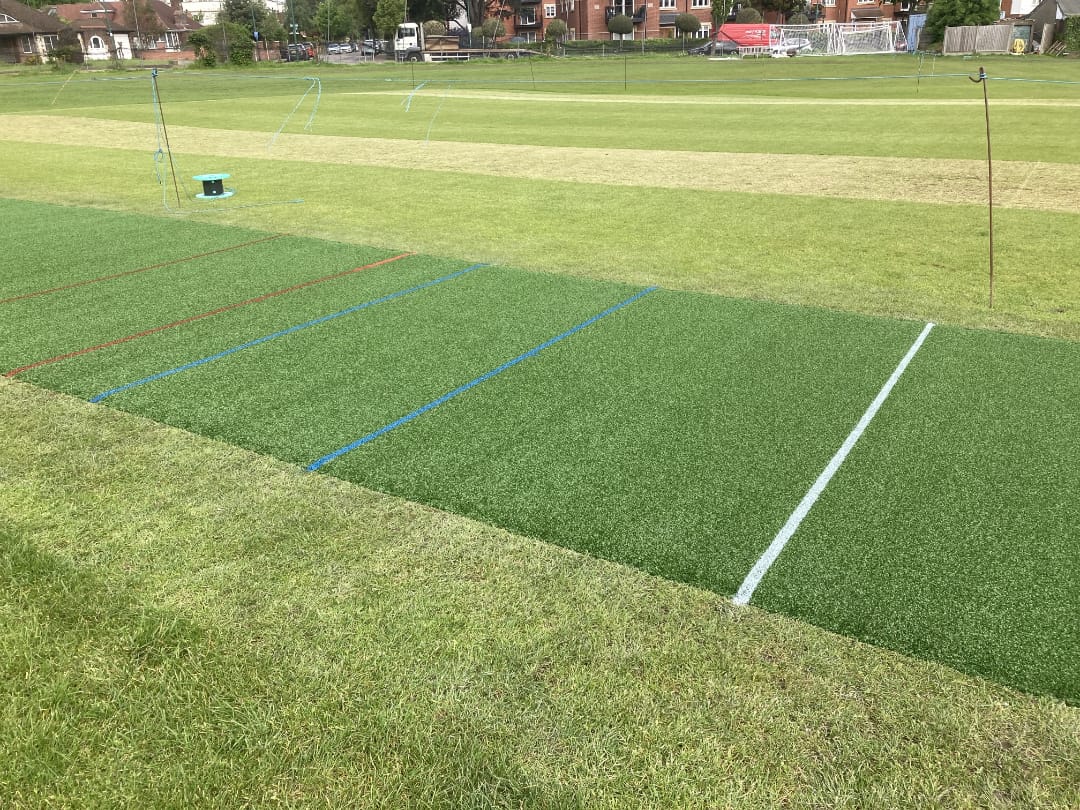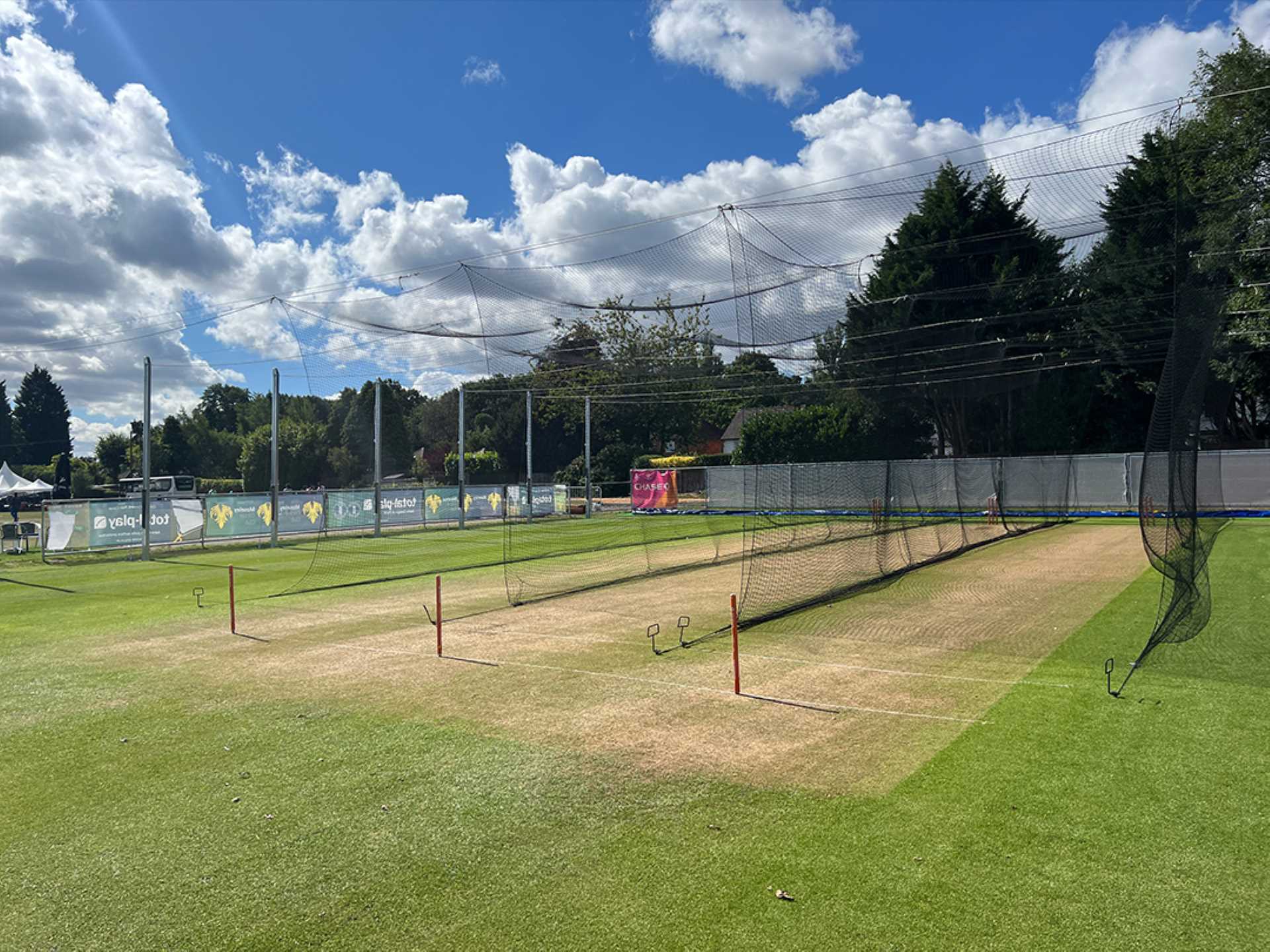
Cricket Pitch Inspection and Techniques to Adapt to Maximise Play
Cricket is a complex and unpredictable game. Just when you think everything is going your way, conditions can change and ultimately modify the match’s outcome. A keen understanding of the prevailing playing conditions is a must for any player, regardless of their playing position.
The pitch, outfield, weather, and toss are various factors to observe and understand before a match. Only after careful analysis of these factors can you strategise match tactics and leverage the match’s outcome in your team’s favour.
Cricket pitch layout and texture are points of focus that can change the match result. Improper cricket pitch inspection and a poor understanding of the prevailing pitch conditions can overthrow your team’s hard work. At total-play, we understand no two pitches are the same and know how crucial it is to read and decipher different types of cricket pitches.
In this blog, we shine the spotlight on reading various types of cricket pitches and the techniques to adapt to maximise your play.
Why Is the Pitch Important in Cricket?
A pitch is where all the action takes place in a cricket match. Twenty-two yards (20.12 metres) in length and 10 feet (3.05 metres) in width, a cricket pitch contains many components that can influence play. Before learning about cricket pitch inspection, it’s essential to understand why these components are important factors in a match.
Inspecting a cricket pitch provides insights into how it will last throughout a game. This assessment helps players strategise their moves accordingly and optimise their performance.
Whether batting or bowling, a pitch can significantly influence a match’s outcome, so knowing its condition is vital. Artificial cricket pitches are also becoming immensely popular, and players need to become familiar with them in order to adapt their strategy and technique accordingly.
Why Every Player Needs to Learn About Cricket Pitch Inspection
No matter which corner of the world you play in, you’ll find different types of pitches. Players need to know how different pitch factors influence their batting, bowling and wicket-keeping.
An in-depth cricket pitch inspection can provide valuable information on grass cover, colour, hardness, cracks, rough patches, and the ball’s bounce and carry.
A cricket pitch significantly impacts how the ball behaves in play. The cricket pitch turf can make it easier for bowlers to take a wicket or for batsmen to score runs. It’s no wonder certain pitches earn nicknames like ‘bowler’s pitch’ or ‘batter’s pitch’.
Understanding the various visual cues, players can adapt their bowling or batting techniques accordingly, and the captain can make decisions to maximise the team’s chances of success.
How to Read Pitches


Effectively reading a cricket pitch is perhaps one of the most vital skills for any cricket player and not just for the team’s captain. While no one is as good as Sir Ian Botham at pitch reports, you can try to read pitches to learn how they can influence the game. Let’s explore the key factors to consider while reading various types of cricket pitches and conducting effective cricket pitch inspections.
Grass Cover
Certain characteristics of different grass-covered pitches, such as the grass’s length, thickness, and greenness, will influence play. For instance, long grass contains more moisture and helps bowlers with the swing and seam movement of the ball.
Thick grass is a boon for spin bowlers as it naturally slows the ball down. The more green the pitch, the better it is for fast bowlers and their deliveries. Wet pitches, known as sticky wickets, can be unpredictable in how the ball moves.
Colour
A quick visual inspection of the pitch’s colour will determine if it’s dry or carries moisture. This is important as dry pitches favour spin bowlers while moisture-laden pitches favour fast bowlers.
With these aspects in mind, one quick look at the pitch, and you can tweak your bowling strategy to favour your team’s chances of winning.
Texture
How firm, soft, or hard the pitch is may impact your gameplay. A hard pitch is compact and influences the ball’s bounce, helping batsmen, whereas a soft pitch assists slow bowlers.
Rough Patches and Cracks
Eye-balling a pitch can help you identify any visible cracks and rough patches, along with the size and depth of the cracks. Loose or lifted pieces on the cricket pitch turf can contribute to the ball’s unpredictable behaviour.
Cracks, patches and loose pieces on the pitch can influence ball movement. Identifying these allows players to tweak their bowling, batting, and fielding strategies accordingly.
Artificial cricket pitches allow you to capitalise on predictable pitch conditions while enjoying good gameplay. As an ECB Code of Practice accredited company, total-play offers natural and artificial cricket pitches with many advantages, including predictable behaviour to help your team deliver its best-ever performance. Contact us today.
Adapting Playing Techniques to Different Types of Cricket Pitches
Using this knowledge of various types of cricket pitches, players can modify their playing techniques to optimise their play.
Adapting Batting Techniques
After deciphering the pitch conditions, batsmen can adapt their playing style to benefit them. Adjust your footwork, grip and shot selection to counter spin attack. Modify your shot style and timing in response to swing deliveries.
Adapting Bowling Techniques
Once you’ve understood the pitch surface, you can adjust your bowling strategies. Vary the length and pace to exploit the batsman’s weakness. Capitalise on uneven bounce or movement by altering the line and length of the attack.
Adapting Fielding Techniques
On grass and green pitches, place slip fielders close to the wicket. When playing on hard and bouncy pitches, deploy fielders near the boundaries.
Count on total-play for Bespoke Artificial Cricket Pitch Turfs for Your Next Game
total-play is your one-stop shop for artificial and natural cricket pitches. We offer exceptional services in cricket pitch installation and maintenance. Artificial cricket pitch turfs have longstanding durability, require minimal maintenance and can contribute to top-notch player performance. Our natural cricket pitches are meticulously prepared by our expert team to take your game to the next level.
Our diverse range of cricketing solutions addresses all the recurring cricket problems. Our high-quality products make us a leading choice for cricket clubs and schools.
Contact us today by calling 01604 864 575 or email us at info@total-play.co.uk and elevate your cricketing experience.
Back to news








